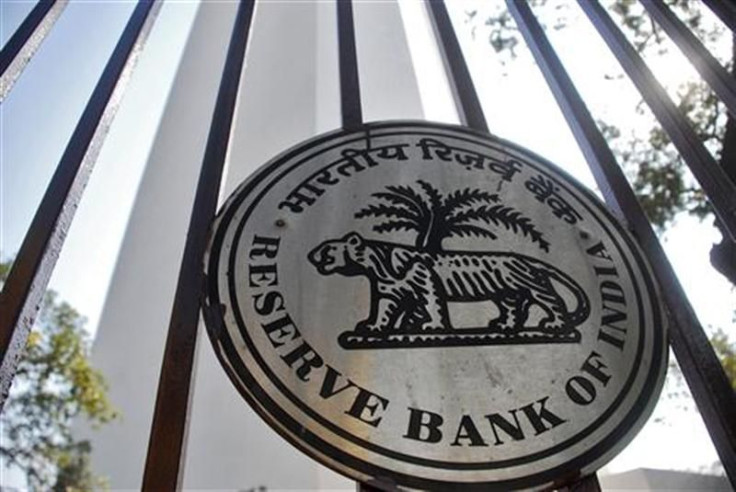India's Central Bank RBI Makes Third Repo Rate Cut This Year

The Reserve Bank of India (RBI) cut interest rates for a third time this year on Tuesday, taking advantage of subdued inflation to give more support to an economy that many economists doubt is doing as well as latest impressive growth numbers suggest.
The RBI's quarter point reduction in the repo rate to 7.25 percent was predicted by 35 of 48 analysts polled by Reuters. Previous cuts, in January and March, had also been by 25 basis points.
The reduction showed policymakers recognized the need to put the economy on a sounder footing, regardless of data released on Friday that showed India outpaced China by growing 7.5 percent in the March quarter.
Many economists, inside and outside the government, suspect a new way used to calculate gross domestic product has overstated how fast India is rising.
"With low domestic capacity utilization, still mixed indicators of recovery, and subdued investment and credit growth, there is a case for a cut in the policy rate today," the RBI said in a statement.
Still, the RBI did not take any new steps to free up cash-strapped commercial banks' liquidity, which bankers had said were needed for them to lower lending rates further and pass on the benefits of monetary easing to the broader economy. Instead, the central bank urged lenders to lower their lending rates.
The RBI also warned it would closely track inflationary trends, citing risks posed to food prices if monsoon rains are weaker than expected, or global crude prices recover, or the rupee weakens due to volatility in global markets.
"A more appropriate stance is to front-load a rate cut today and then wait for data that clarify uncertainty. Meanwhile banks should pass through the sequence of rate cuts into lending rates," the central bank said.
The rate reduction answered calls from both the government and businesses for the RBI to do more to shore up the economy.
Corporate earnings have been dismal, growth in bank lending has been the lowest in almost two decades, and weak industrial output data is at odds with the strong GDP numbers.
Still, there are considerable hopes that Prime Minister Narendra Modi's economic reforms and aggressive spending on infrastructure will solidify the gains in economic growth.
Markets had already discounted a rate reduction and the after the move the broader Nifty stood 1.1 percent down from Monday's close. The rupee was little changed at 63.76 per dollar, having ended Monday at 63.72.
The latest rate reduction showed the central bank's confidence that that economy was in good shape to withstand any market turbulence when the Federal Reserve finally decides to raise interest rates, as it is expected to do later this year.
The RBI reduction came just weeks after China made its third interest rate reduction in six months, but growth in India's giant neighbor has been slowing down.
Having embarked on an easing cycle in January, the RBI's latest move completed a reversal of the rate increases ordered by Governor Raghuram Rajan between September 2013 to January 2014, when India was suffering double-digit inflation.
Under a new monetary policy framework adopted this year, controlling inflation is RBI's sole mandate. Weak global oil prices are helping the central bank to achieve its goals.
Consumer price inflation hit a four-month low of 4.87 percent in April, well within the RBI's target range of 2 to 6 percent, but the central bank on Tuesday projected a rise to 6.0 percent in January 2016.
© Copyright IBTimes 2025. All rights reserved.





















